Solana’s speed gets people talking, but scaling hasn’t always been smooth. It’s growing fast, sometimes too fast for its own good. When demand spikes, network congestion and rising fees leave users waiting. Or worse, priced out.
That’s what Firedancer is supposed to solve. This new validator client promises a huge leap forward. It’s gunning for 1 million transactions per second. The goal is to keep Solana usable and affordable for everyone as activity ramps up.
If you’ve noticed how some other networks lag under pressure, you’ll know why this matters. Solana Firedancer aims to solve the old bottlenecks and unlock real scalability.
Key highlights:
- Massive Scalability: Firedancer Solana is built to achieve an unprecedented 1 million transactions per second, which exceeds current blockchain limits by far.
- Improved Stability: By introducing a completely new validator client in C++, Firedancer significantly improves network reliability and reduces downtime risks.
- Multithreading Innovation: Firedancer’s parallel processing model maximizes hardware capabilities. It efficiently manages transaction loads without bottlenecks.
- Validator Client Diversity: The introduction of Firedancer mitigates risks associated with Solana’s previous single-client vulnerability.
- Centralization Concerns: High hardware demands necessary for Firedancer’s performance could unintentionally concentrate control among wealthier validators.
- Industry-Wide Impact: Firedancer Solana sets a new benchmark for Layer 1 blockchains.
What is Solana Firedancer?
Firedancer is Solana’s next-gen validator client, built by Jump Crypto with one main goal: push Solana far past its current speed and stability limits.
If you’re used to rugged blockchain upgrades and changes that sound good on paper but barely budge performance, Firedancer offers something actually different. It’s a full rewrite—top to bottom—in C++, with built-in support for multithreading and smarter resource handling.
Not just “better,” but leagues ahead in both speed and resilience.
Jump Crypto isn’t exactly new to high-frequency systems. They’ve built tech for trading firms moving billions in milliseconds. Now that same ethos is coming to Solana with Firedancer. Maybe the most important thing? It’s client diversity. Instead of relying on just one set of code, Solana wants multiple validator clients to avoid network-wide failures and boost uptime.
The motivation behind firedancer
Solana’s single-client setup left it vulnerable. All validators (those who confirm transactions) have been running similar software. This means that one bug—or a DDoS attack—could knock out the whole chain. Remember the regular network slowdowns and outright outages? That’s what happens when you put all your eggs in one basket.
- Downtime and Outages: Solana has faced high-profile downtimes. The network simply couldn’t keep up with surges in activity. When the current validator client hit its performance ceiling, everything slowed or stopped.
- Scaling Walls: Demand for Solana is only getting bigger. As DeFi, NFTs, and new uses keep piling on, Solana needs an overhaul, not a patch.
Solana Firedancer attacks these pain points head-on:
- It’s a totally separate codebase. If one client fails, the other picks up the slack.
- Modern engineering runs under the hood: more efficient, less buggy, and more reliable.
Solana’s 2024 upgrade plans for token features and client improvements show just how serious the team is about hitting the elusive 1 million TPS (transactions per second) mark.
While the official Solana Firedancer release date isn’t confirmed yet, it’s expected sometime in 2025. The anticipation is high due to its potential to solve persistent bottlenecks and transform Solana’s scalability.
Technical innovations powering Firedancer
What actually makes Solana Firedancer tick? Well, there are several big innovations:
- Multithreading: Old clients process tasks one at a time, like a checkout line with one cashier. Firedancer’s multithreading acts like opening every cashier lane (processing countless transactions at the same time).
- Smarter Resource Management: This means Firedancer squeezes more from every CPU, catches errors earlier, and recovers faster if anything goes sideways.
- Written in C++: C++ is very fast. By rewriting from scratch in this language, Firedancer slashes latency and handles much bigger workloads.
With these upgrades, Solana is getting ready for a future where chains need to handle mainstream adoption without issues. Firedancer’s architecture could let Solana surpass not just tens of thousands, but reach an incredible transaction volume.
- For perspective, the current Solana TPS performance is impressive compared to most networks. But real-world benchmarks put it at about 4,000 to 4,500 TPS, depending on the day.
- Firedancer’s parallel processing hopes to multiply that number. Instead of being bottlenecked by software, the limit becomes hardware.
Jump Crypto has pitched Firedancer as the answer to “what happens when Solana grows up”. It supports wild user spikes, but also adds the stability and security demanded by serious financial applications.
Developers, users, and anyone tired of “just wait, it’s congested” (I’m one of those) are watching closely. Firedancer could really be the shift from “theoretical” blockchain scaling to the real thing.
How Firedancer aims to scale Solana to 1 million TPS
Firedancer’s strategy for pushing Solana to that jaw-dropping 1 million TPS is interesting in its own right. It’s a total rethink of how a blockchain client should run — fast, efficient, and ready for anything.
Here’s what’s happening under the hood and what could stand in the way.
Parallelization and hardware acceleration
Solana’s original client does well with high throughput, but not like this. Firedancer is designed to use every ounce of modern hardware: multi-core CPUs, advanced memory, and even network cards that push packets faster than you blink.
The secret sauce is massive parallelization.
- Tasks split and conquered: Instead of a single thread chugging through transactions one by one, Firedancer divides the workload across processor cores. Once again, imagine hundreds of cashiers instead of just one (yes, I like this analogy).
- Specialized routines: Data parsing, transaction verification, and consensus all happen in parallel. Tasks don’t wait on each other—they run independently. They chew through transaction batches as fast as hardware allows.
- Hardware-level efficiency: Firedancer taps into network features like kernel-bypass technology. Direct memory access moves packets directly to the CPU cache. Nothing is wasted.
This means Firedancer Solana turns once-linear bottlenecks into a scalable, many-hands-make-light-work system. It’s one of the biggest jumps forward since sharding or rollups on other chains.
Solana’s current TPS (about 4,000–4,500 real-world) is already strong compared to legacy blockchains. But it’s not even close to post-Firedancer projections. With efficient use of multicore systems and high-end networking, Solana could truly rival centralized databases—something almost no other public chain can claim.
Distributed consensus improvements
More speed or hardware doesn’t matter much if consensus is slow. Solana Firedancer rethinks that too. Consensus becomes a race to agree, verify, and move on.
- Optimized networking: Firedancer dramatically speeds up intra-validator communication. It strips out redundant messaging. Only critical data gets sent, in the fastest possible way.
- Faster block propagation: Blocks are built and spread across the network in record time. With less overhead, validators stay in sync without waiting on slowpokes.
- Validator throughput: The new client slashes validator lag. It lets slower nodes catch up quickly or step aside without gumming up the whole system.
All told, these improvements mean the Solana network can stay decentralized while supporting enterprise-grade loads. The network’s famous fees and confirmation times stay low, even when DeFi apps or NFT drops create waves of traffic. Firedancer helps push theoretical throughput to practical reality.
If you’re comparing scalability milestones to other networks, such as Sui vs Solana, some focus on sidechains or sharding (Sui is one of those).
Will Solana’s direct approach prove better? Only time will tell.
Potential roadblocks and criticism
It sounds great. Almost too great.
But the realities kick in at scale, and Firedancer faces tough questions:
- Hardware demands: Not everyone runs validators with multi-thousand-dollar servers. High performance could push some operators out, especially small independents.
- Centralization risk: With barriers rising, there’s a concern the biggest players will dominate, weakening the network’s censorship resistance.
- Network resilience: Lightning speed requires every part of the network to keep up. If a section lags or fails, the whole chain could feel it—unlike with slower, “safer” alternatives.
- Adoption challenges: Real-world use means bugs, edge cases, and unpredictability. Getting everyone to migrate isn’t a magic flip. It’ll take time, testing, and sometimes pain.
The debate about Solana’s long-term decentralization is ongoing.
Some will keep arguing that speed isn’t everything. Security and fairness matter, too. For Firedancer and Solana, the next test is seeing high performance meet real-world adoption without losing sight of the core blockchain ideals.
Broader implications for Solana and Layer 1 blockchains
Despite the name, Solana Firedancer isn’t relevant just for Solana – it sets a new standard for Layer 1 blockchains. The race for scalability and reliability is heating up, and every technical leap ripples across the entire ecosystem.
Here’s how Firedancer could reset the playing field, from raw speed stats to future price speculation.
Competitive analysis: Solana vs other Layer 1s
Layer 1 blockchains have always competed on the basics: throughput, fees, and stability. But the numbers are telling a new story now. Solana, especially with Firedancer, is threatening to lap the competition.
Let’s cut through the hype with real benchmarks:
- Solana stands out for transaction speed. Most Layer 1s (think Ethereum, Cardano, Avalanche) peak well below Solana’s base layer potential. Even without Firedancer, Solana’s throughput already topped the chart in recent comparisons.
- Fees stay low even under pressure. Where rivals regularly see fees spike during busy periods, Solana’s optimizations (and Firedancer’s new engine) help keep costs manageable for average users.
- Performance gains are tangible. For those comparing blockchains for DeFi or NFT-heavy loads, Solana’s parallel processing leaves most others in the dust.
A side-by-side perspective spells it out clearly. Layer 1 blockchain performance comparison breaks down six major platforms. Solana gets the wins. Cramming more throughput per second matters for DeFi, gaming, and apps you actually want to use.
Other blockchains are still pushing improvements like sharding, layer 2s, or exotic consensus tweaks. Firedancer skips the fancy solutions and builds headroom for growth right at the foundation.
Long-term impact and price outlook
Big upgrades like Solana Firedancer increase user trust, draw developer crowds, and send a message to investors watching closely. A blockchain that loses users to high fees or downtime is already losing the tech race.
What happens if Firedancer performs as promised?
- Ecosystem growth. Developers want stable, fast chains. DeFi and NFT projects need both speed and low fees. Otherwise, they migrate. Firedancer could tip the scales by making Solana the obvious choice for apps that need serious volume.
- User experience gets an upgrade. Less congestion means fewer headaches. Solana might grow from an “Ethereum alternative” to the default pick for new Web3 ideas.
- Market confidence goes up. Reliable performance and network diversity could draw more institutional partners, who care most about uptime and risk.
That optimism spills over into price predictions. Investment analysts aren’t shy about Solana’s upside.
Many see real potential for SOL if it becomes the main engine for high-volume DeFi, massive NFT drops, and next-gen social apps. Solana price predictions are very bullish for Q4 of 2025.
Of course, nothing is certain. Markets swing, hype fades. But a future where Solana handles millions of tps could shift the balance of power across all of crypto. If Firedancer delivers, the “Solana killer” crowd may need to find a new pitch.
The bottom line
Firedancer marks a turning point in Solana’s run toward true scale. By aiming for a million transactions per second, it promises faster processing, fewer hiccups, and broader access. It’s exactly what builders and users need on busy chains.
Next steps? Developers can start preparing for new tools and network behaviors. Users should watch for performance steps and reliability gains as upgrades roll out. Investors and developers alike are eagerly awaiting the Solana Firedancer release date, knowing it could redefine blockchain scalability and market dynamics.
Solana isn’t slowing down. Firedancer opens a new chapter for what a Layer 1 blockchain can deliver at scale. Where Solana goes from here will say a lot about the next era of blockchain technology.
But where is Solana going in the long term? Check out our Solana 2040 & 2050 price prediction to find out.
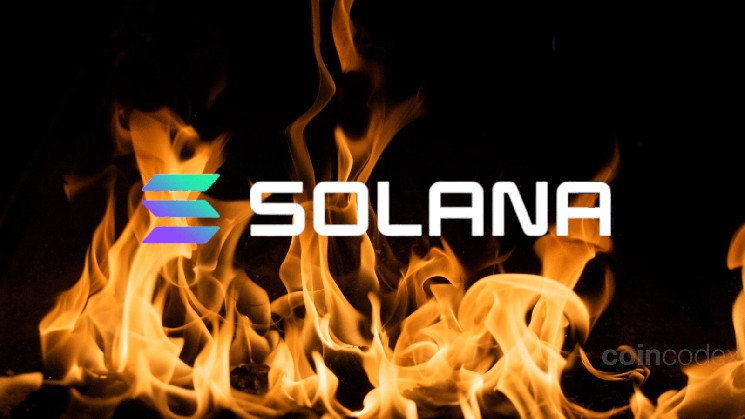
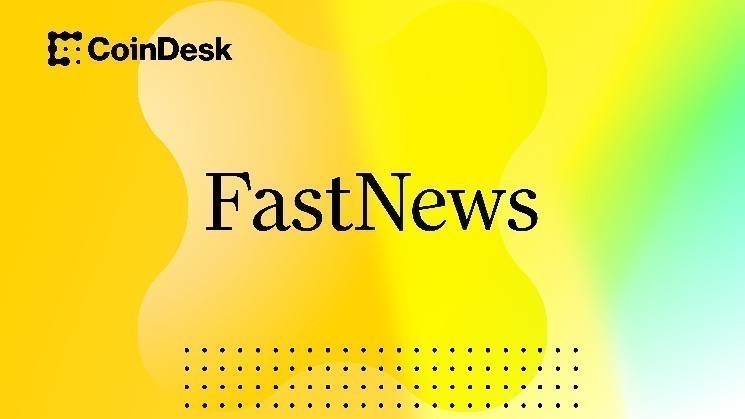
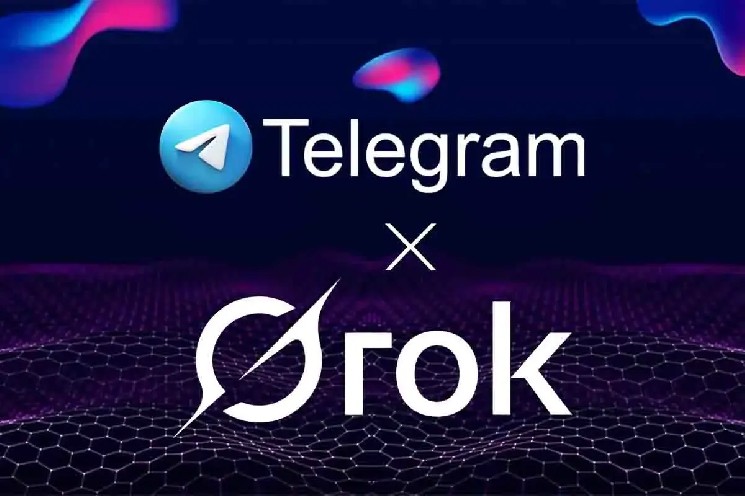

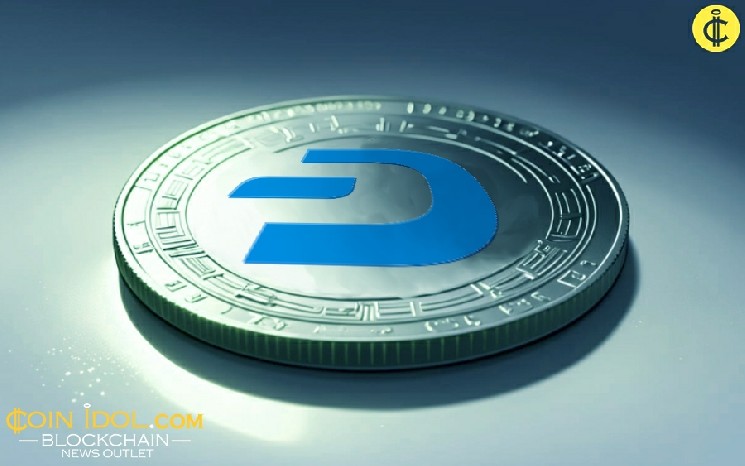

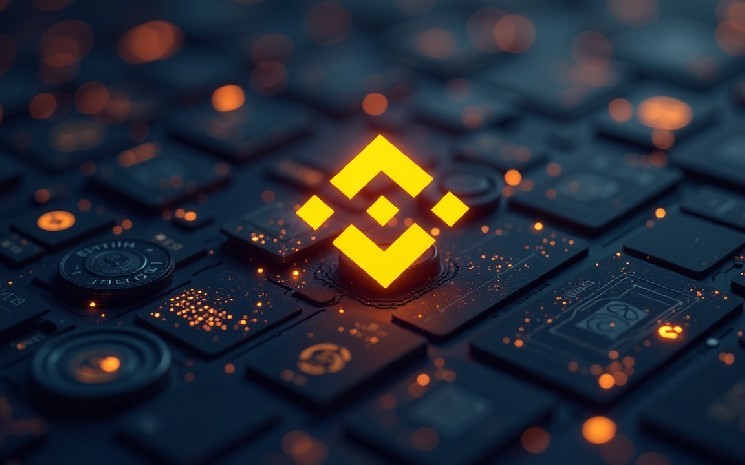


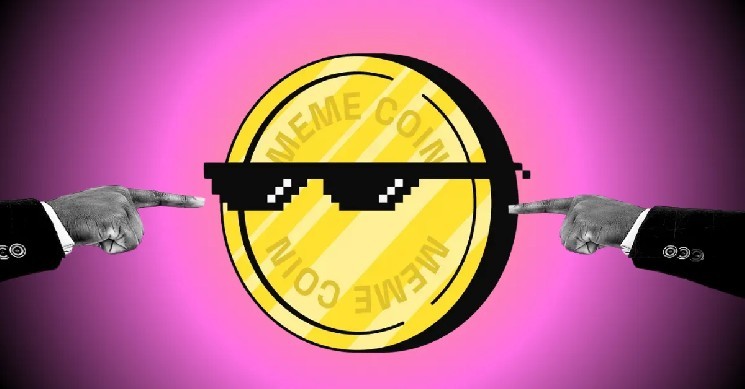
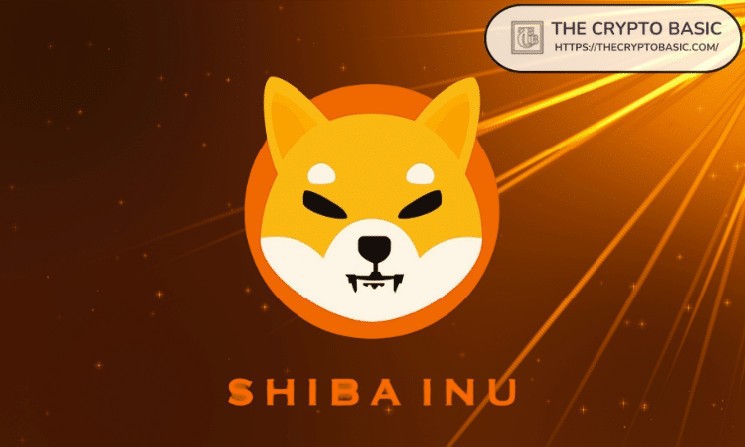



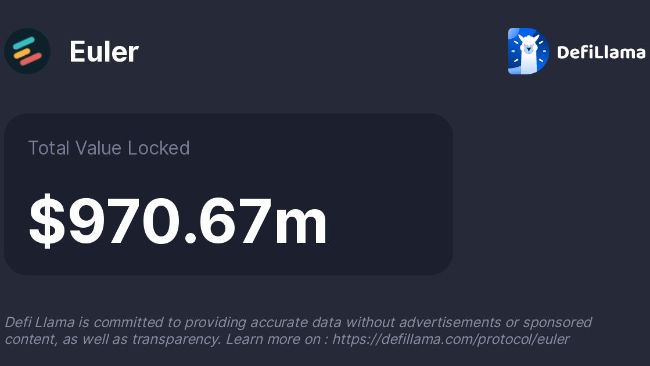
Leave a Reply